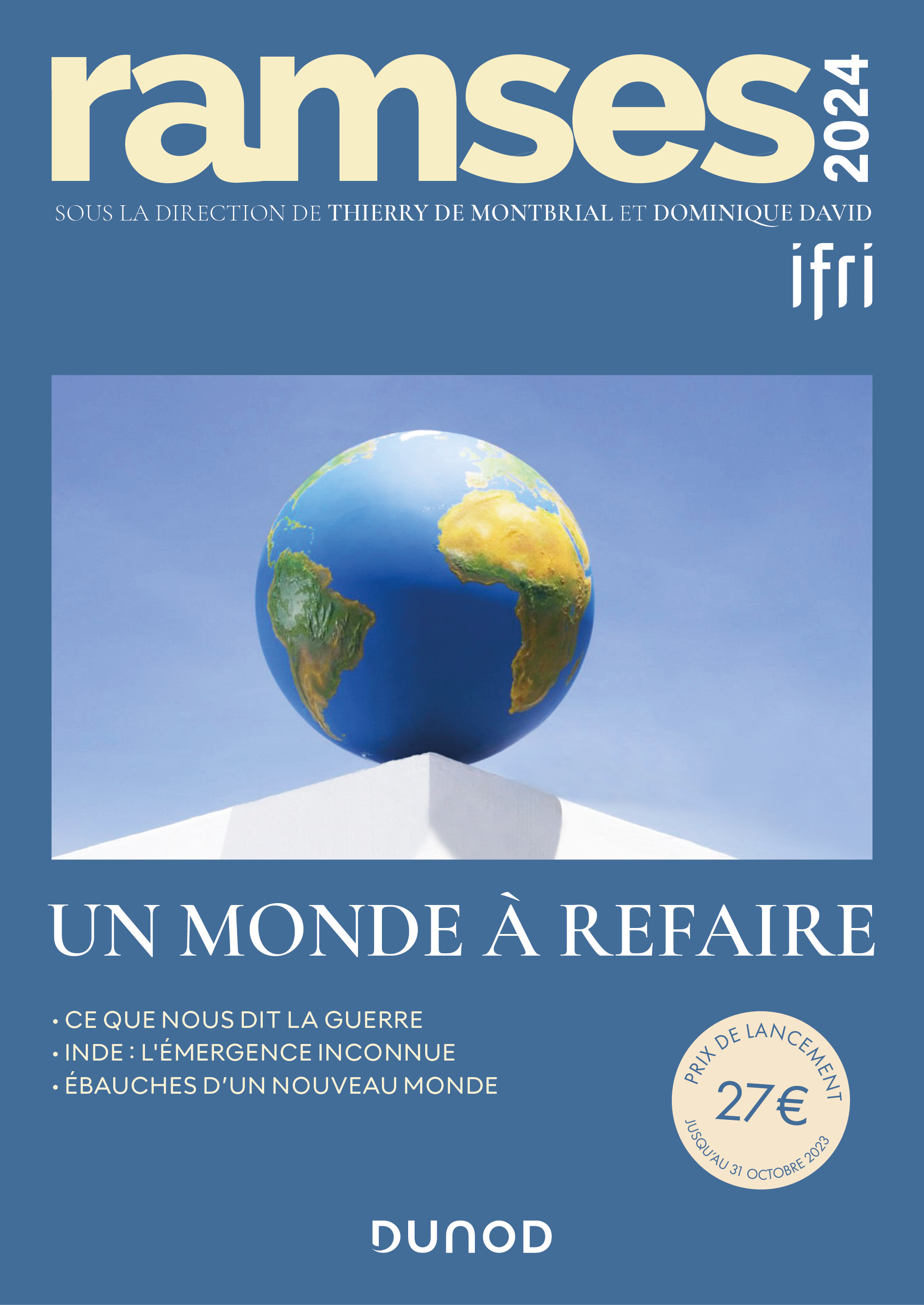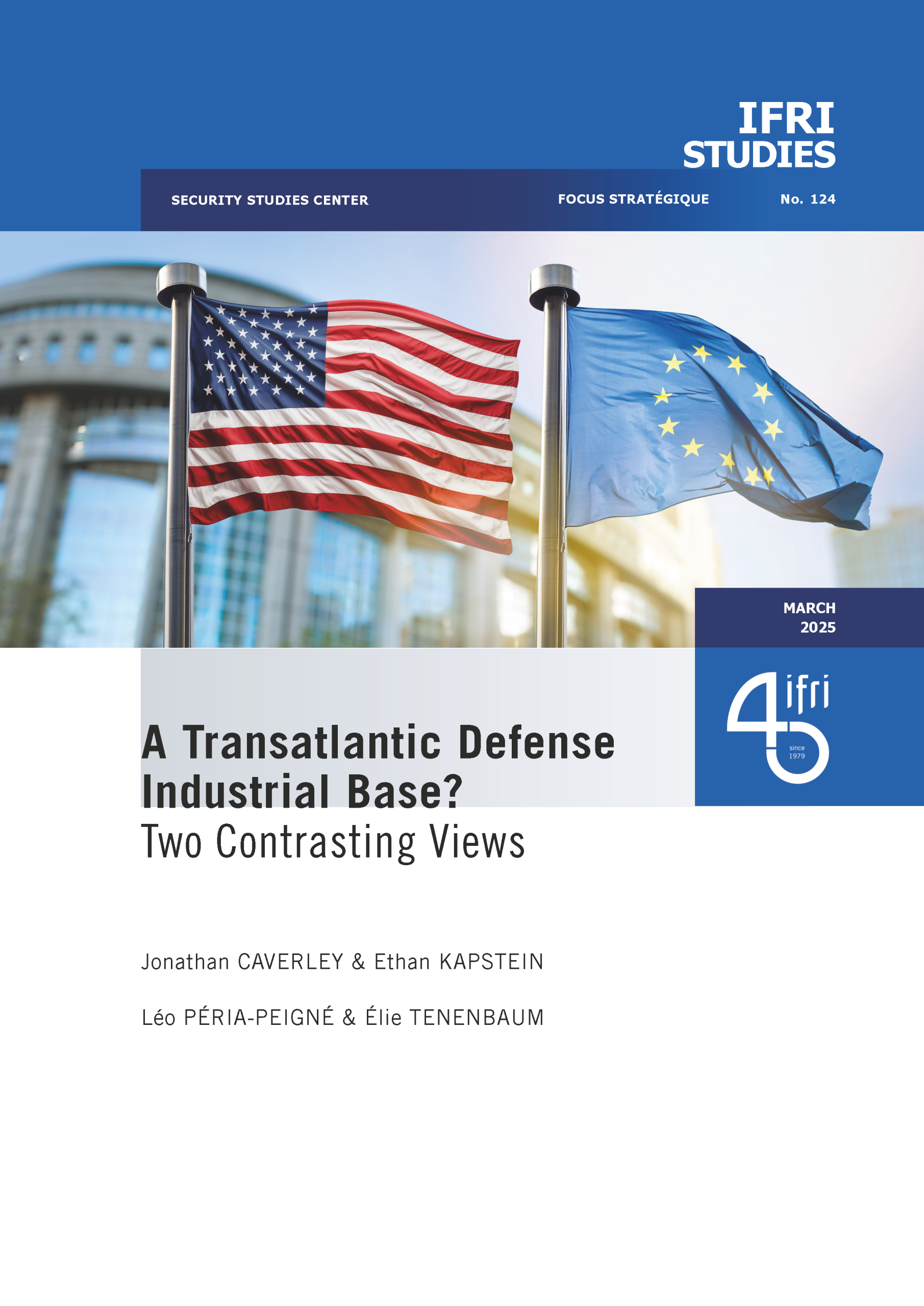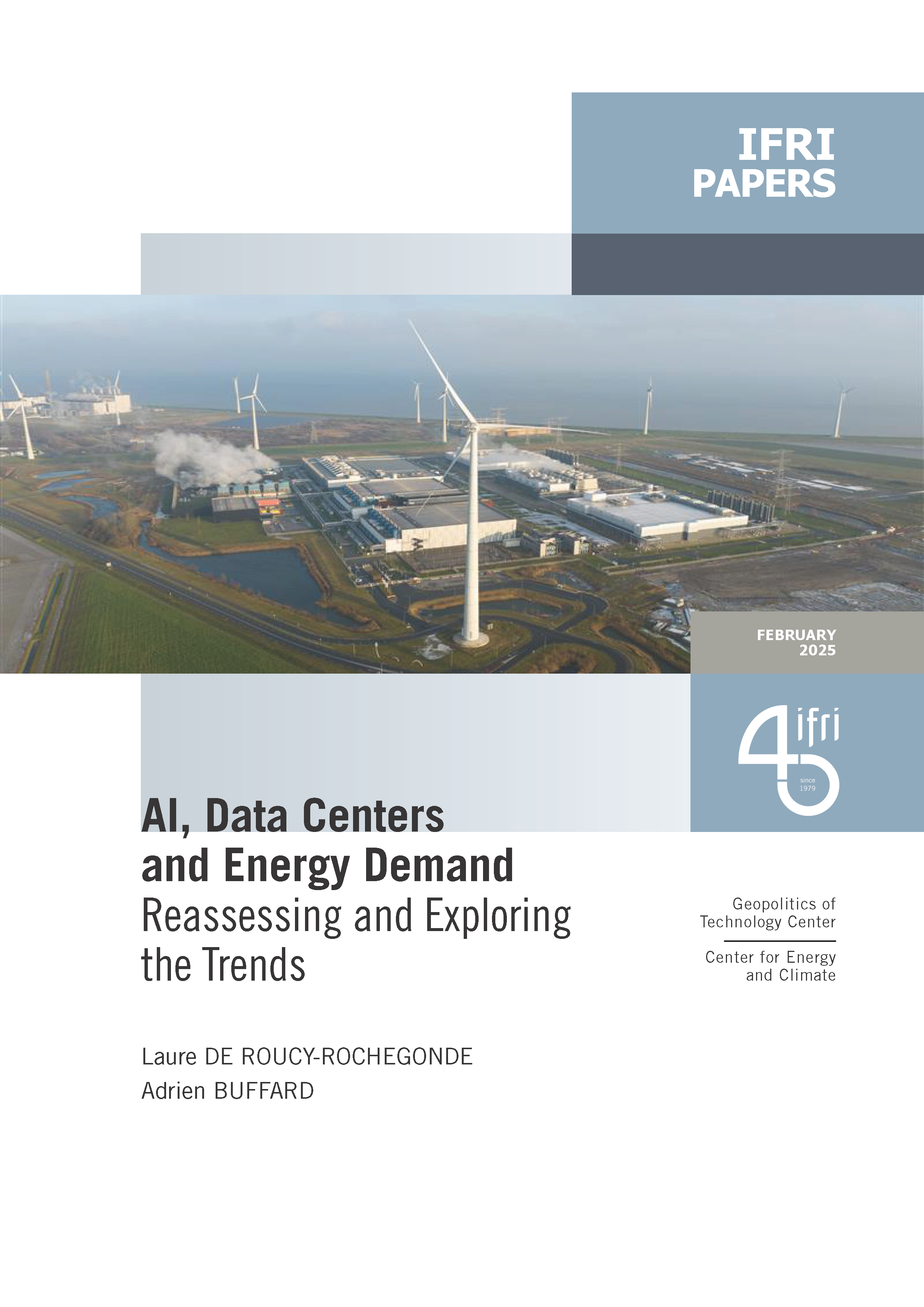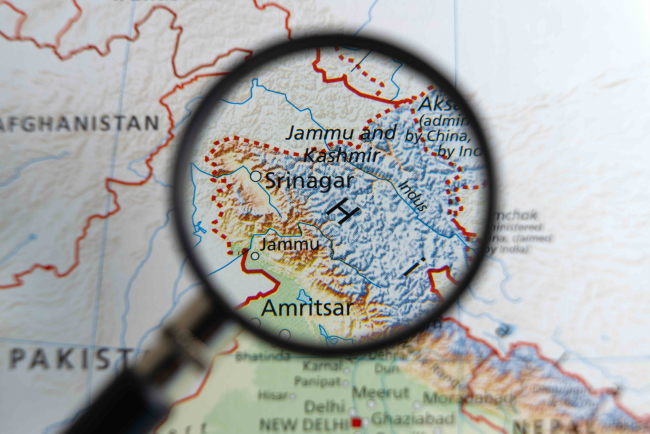Spat in the East China Sea Offers Lesson on Raw Material Dependence

There is a valuable lesson to be learned about raw material dependence from the tensions between China and Japan in the East China Sea. It’s not about the oil and gas that is thought to be stored under the seabed in disputed waters, but rather the so-called “rare earth elements”, of which China produces 97% of the global supply.
The spat that resulted from a maritime incident on September 7, 2010, added a new dimension when accusations began to fly that China was restricting exports of rare earth metals to Japan over the incident. Rare earth elements are essential for hybrid vehicles, windmills, precision-guided munitions, cell phones and a long list of technologies for the world of both today and tomorrow. While China is the world’s dominant rare earth producer, Japan is its largest foreign customer. The United States and Europe are also major consumers of China’s rare earths and importers of rare earth-based technology from Japan.
The report that China was restricting rare earth exports to Japan first appeared in the New York Times on September 23. China’s Prime Minister Wen Jiabao had threatened “unspecified action” against Japan if it did not release the captain of the trawler who was arrested in Japan after ramming two Japanese coast guard ships in disputed waters. Unnamed industry officials said that rare earth materials were being prevented from loading at Chinese ports and talk of a Chinese rare earth embargo on Japan has been circulating ever since. China has officially denied the accusations. While some industrialists in Japan have reported shipping delays in rare earths, Japanese officials have so far sought to downplay the issue as delays in shipping are rather common. Coincidentally, China’s strict limits on total rare earth exports, listed at just over 30,000 tons of rare earth oxide for 2010, or a 40% drop from 2009, are quickly being reached. Thus, any reduction in exports to Japan could be independent of the incident in the East China Sea. Whatever the truth, a major warning signal must be heeded and the world’s dependence on China for rare earth production must be addressed.
In 1992, Deng Xiaoping famously observed that “there is oil in the Middle East; there are rare earths in China.” The importance of diversifying supplies of oil in order to ensure the security of supply is clearly understood in the West. So why have we been content to allow 97% of the rare metals that are crucial for the economies of today and tomorrow to become concentrated in the hands of a single producer? China now has a strong card to play in gaining a comparative advantage in technological innovation and producing the latest defense, energy and consumer technologies. But, this latest imbroglio over a (possible) Chinese rare earth embargo on Japan displays the power China could wield in global markets. This is one obvious reason to diversify the global supply of rare earths.
Another reason is that, even without a row over maritime borders, China is likely to keep a tight lid on its rare earth exports, even as global demand grows. For a number of reasons that include guaranteeing dwindling domestic supplies for its own industries, attracting foreign investors and foreign technology, and bringing some order to the environmental disaster that a chaotic rare earth industry has caused, China will want to keep its raw rare earths at home. At the same time, the world should not want nearly all of its rare earth needs to be met by one supplier.
Accessible, minable reserves exist outside of China today. It is essential that new mines outside of China be explored and brought online as soon as possible. Public policies must be adopted to support this necessary action while simultaneously ensuring responsible mining practices.
For a more complete analysis of the rare earth question see: John Seaman, Rare Earths and Clean Energy: Analyzing China’s Upper Hand, Note de l’Ifri, September 2010.

Available in:
Regions and themes
Share
Related centers and programs
Discover our other research centers and programsFind out more
Discover all our analyses
RAMSES 2024. A World to Be Remade
For its 42nd edition, RAMSES 2024 identifies three major challenges for 2024.
France and the Philippines should anchor their maritime partnership
With shared interests in promoting international law and sustainable development, France and the Philippines should strengthen their maritime cooperation in the Indo-Pacific. Through bilateral agreements, expanded joint exercises and the exchange of best practices, both nations can enhance maritime domain awareness, counter security threats and develop blue economy initiatives. This deeper collaboration would reinforce stability and environmental stewardship across the region.

The China-led AIIB, a geopolitical tool?
The establishment of the Asian Infrastructure Investment Bank (AIIB) in 2016, on a Chinese initiative, constituted an attempt to bridge the gap in infrastructure financing in Asia. However, it was also perceived in the West as a potential vehicle for China’s geostrategic agendas, fueling the suspicion that the institution might compete rather than align with existing multilateral development banks (MDBs) and impose its own standards.
Jammu and Kashmir in the Aftermath of August 2019
The abrogation of Article 370, which granted special status to the state of Jammu and Kashmir (J&K), has been on the agenda of the Bharatiya Janata Party (BJP) for many decades.







